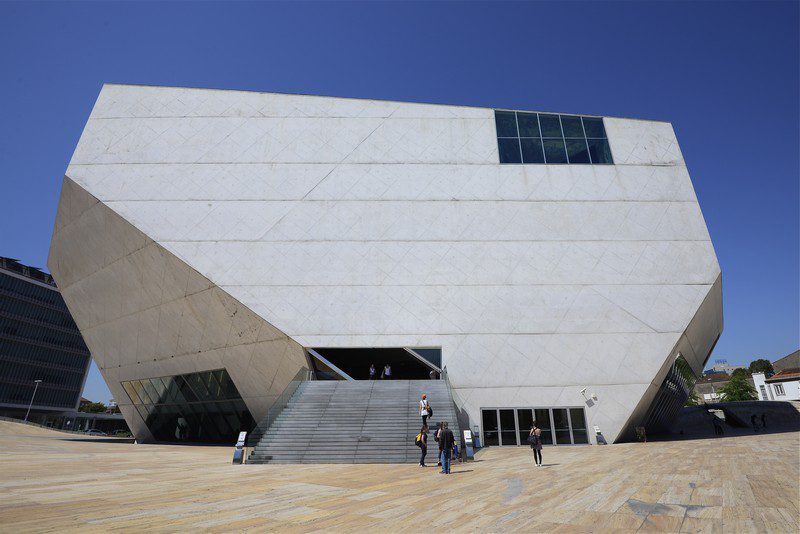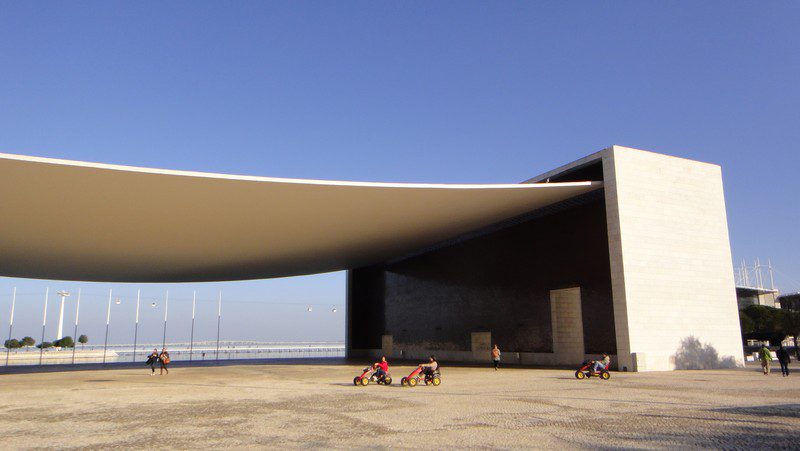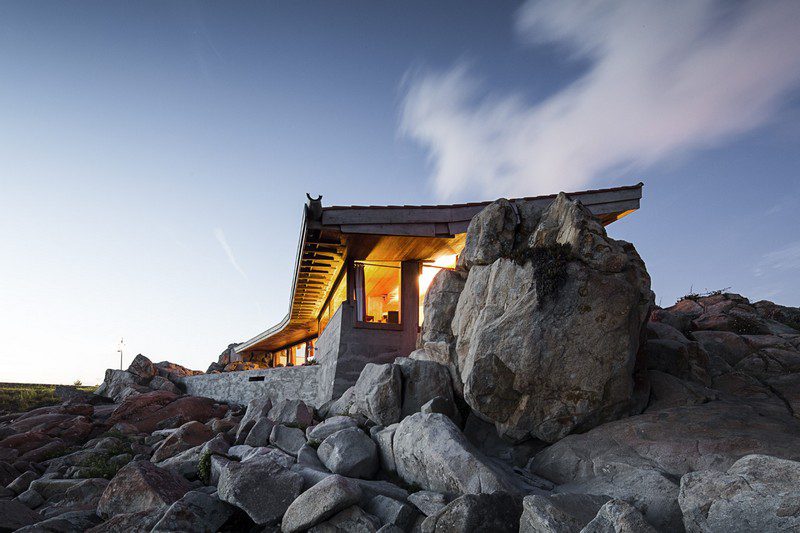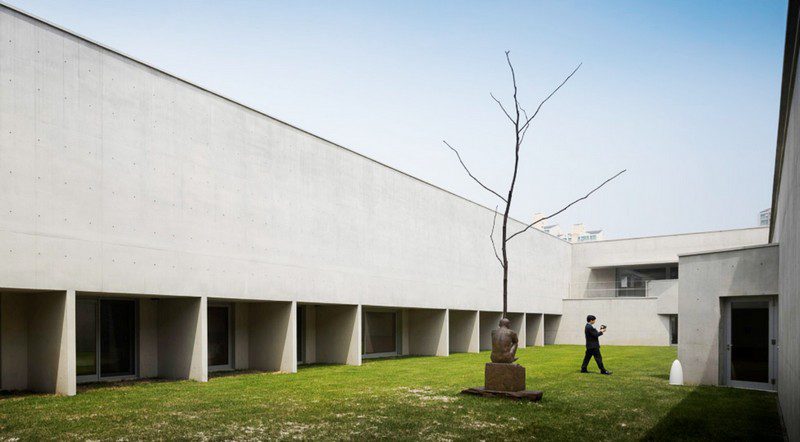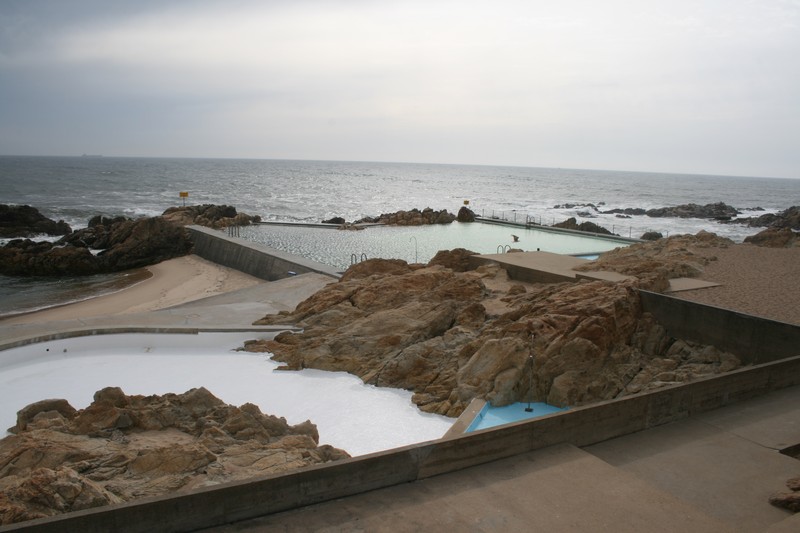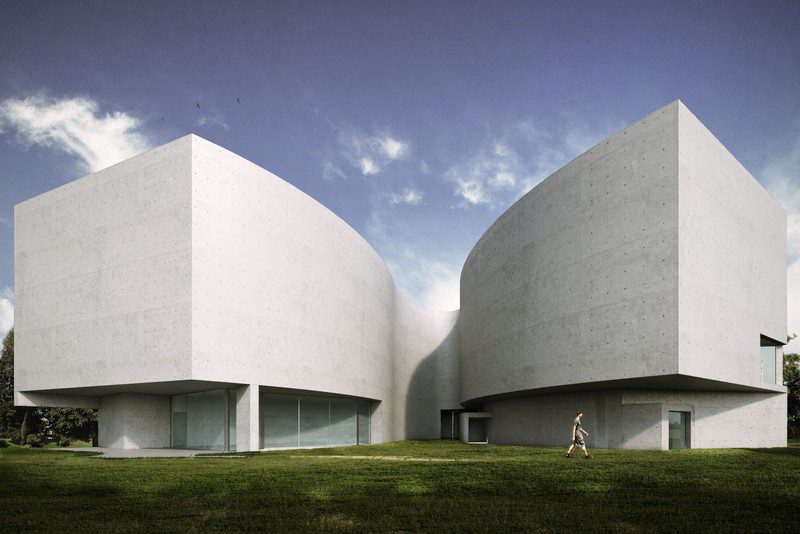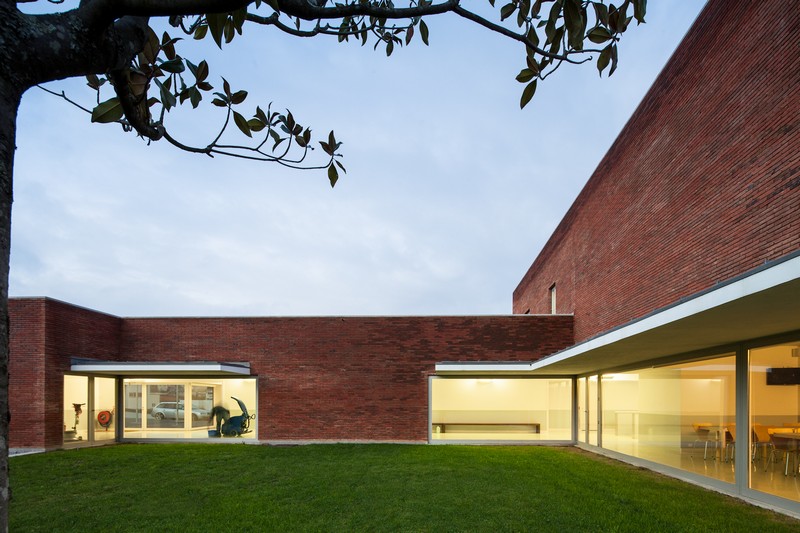ARCHITECTURE:Alvaro Siza
Álvaro Siza, is perhaps the most renowned Portuguese architect of the 20th century. Siza’s profile is embedded within the Modern movement, yet he maintains an approach that is both subjective and unconventional. Although Alvaro Siza produced numerous projects for clients in Portugal (houses, schools, and other instututions), it was not until the ’80s that Alvaro Siza began to recieve recognition through exhibitions and commissions in other European countries.
By Efi Michalarou
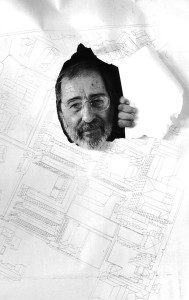 Alvaro Siza, whose full name is Alvaro Joaquim de Meio Siza Vieira, was born on June 25, 1933 in the small coastal town of Matosinhos, Portugal. Siza studied at the University Porto School of Architecture from 1949 through 1955, completing his first built works (four houses in Matosinhos) even before ending his studies in 1954. That same year he opened his private practice in Porto. In 1966, Siza began teaching at the University, and in 1976, he was made a tenured Professor of Architecture. In addition to his teaching there, he has been a visiting professor at the Graduate School of Design, Harvard University, the University of Pennsylvania, Los Andes University of Bogota and the Ecole Polytechnique of Lausanne. Among Siza’s earliest works to gain public attention was a public pool complex (named Piscinas de Marés) he created in the 1960s for Leça da Palmeira, a fishing town and summer resort north of Porto. Completed in 1966, both of the two swimming pools (one for children, the other for adults) as well as the building with changing rooms and a cafe are set into the natural rock formation on the site with unobstructed views of the sea. In 1977, following the revolution in Portugal, the city government of Evora commissioned Siza to plan a housing project in the rural outskirts of the town. It was to be one of several that he would do for SAAL (servicio de apoio ambulatorio local), the national housing association, consisting of 1200 low-cost, housing units. In Berlin, his competition winning entry for an apartment building, Schlesisches Tor, Kreuzberg, was recently completed. He has participated in and won numerous other competitions including the renovation of Campo di Marte (1985) in Venice, the renewal of the Casino and Cafe Winkler (1986) in Salzburg, and the cultural center of the Ministry of Defense (1988-89) in Madrid. The Meteorological Centre for the 1992 Olympic Games, in Barcelona. Siza’s work ranges from swimming pools to mass housing developments, with residences for individuals, banks, office buildings, restaurants, art galleries, shops, virtually every other kind of structure in between.
Alvaro Siza, whose full name is Alvaro Joaquim de Meio Siza Vieira, was born on June 25, 1933 in the small coastal town of Matosinhos, Portugal. Siza studied at the University Porto School of Architecture from 1949 through 1955, completing his first built works (four houses in Matosinhos) even before ending his studies in 1954. That same year he opened his private practice in Porto. In 1966, Siza began teaching at the University, and in 1976, he was made a tenured Professor of Architecture. In addition to his teaching there, he has been a visiting professor at the Graduate School of Design, Harvard University, the University of Pennsylvania, Los Andes University of Bogota and the Ecole Polytechnique of Lausanne. Among Siza’s earliest works to gain public attention was a public pool complex (named Piscinas de Marés) he created in the 1960s for Leça da Palmeira, a fishing town and summer resort north of Porto. Completed in 1966, both of the two swimming pools (one for children, the other for adults) as well as the building with changing rooms and a cafe are set into the natural rock formation on the site with unobstructed views of the sea. In 1977, following the revolution in Portugal, the city government of Evora commissioned Siza to plan a housing project in the rural outskirts of the town. It was to be one of several that he would do for SAAL (servicio de apoio ambulatorio local), the national housing association, consisting of 1200 low-cost, housing units. In Berlin, his competition winning entry for an apartment building, Schlesisches Tor, Kreuzberg, was recently completed. He has participated in and won numerous other competitions including the renovation of Campo di Marte (1985) in Venice, the renewal of the Casino and Cafe Winkler (1986) in Salzburg, and the cultural center of the Ministry of Defense (1988-89) in Madrid. The Meteorological Centre for the 1992 Olympic Games, in Barcelona. Siza’s work ranges from swimming pools to mass housing developments, with residences for individuals, banks, office buildings, restaurants, art galleries, shops, virtually every other kind of structure in between.
* In 1992, he was awarded with the renowned Pritzker Prize of Architecture. In Venice Biennale of Architecture, he was awarded twice. In 2002, with the Golden Lion award for Iberê Camargo Foundation in Porto Alegre, his first project built in Brazilian territory and for the second time in 2012, with the Golden Lion for lifetime achievement.






